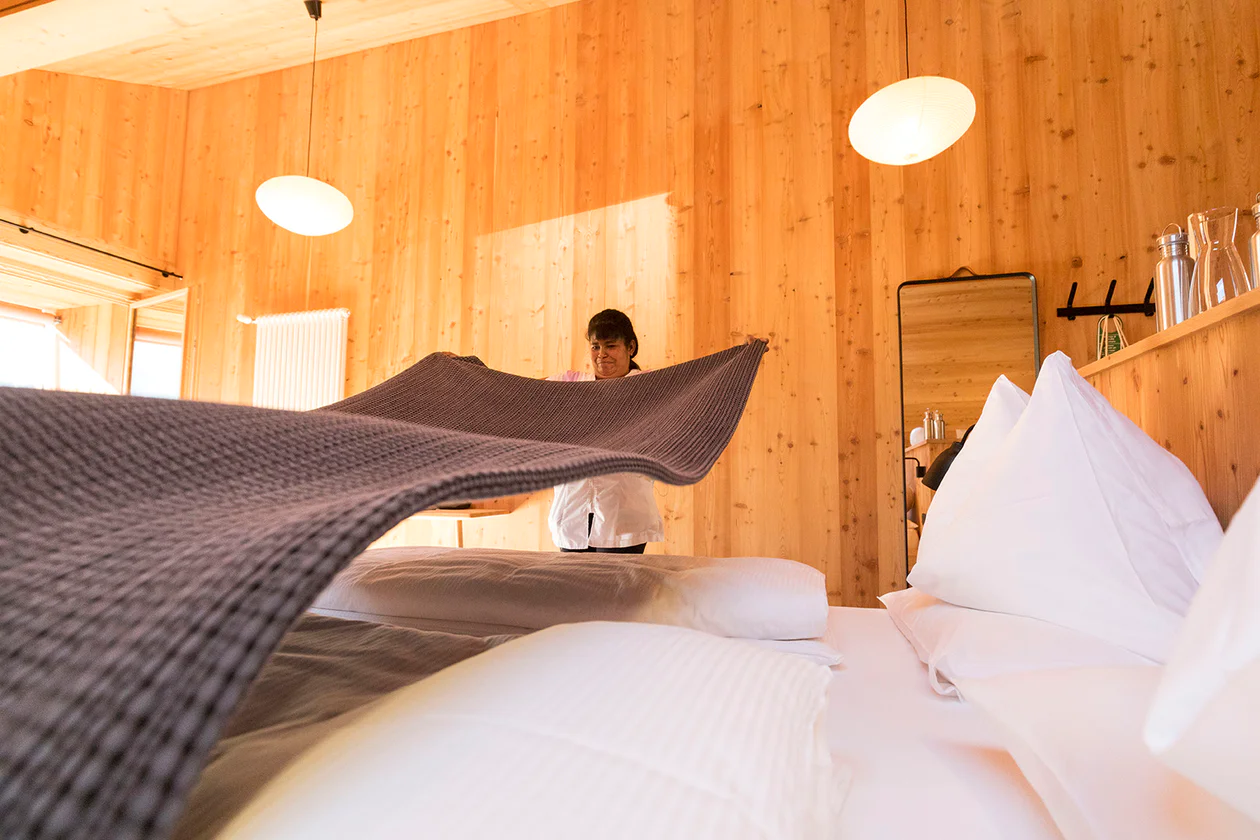The story of the Benedictine Monastry of Muri Gries Dates back to the 13th Century, commissioned by the Counts of Morit-Greifenstein. It was first inhabitated by Augustinian Monks, then pillaged during farmer's war, destroyed during the Napolenic war and discontinuing during the Bavarian government. The curch ist dedicated to St. Augustin and houses important frescoes by Martin Knoller. Access permitted only to the inner gatter.
































































































